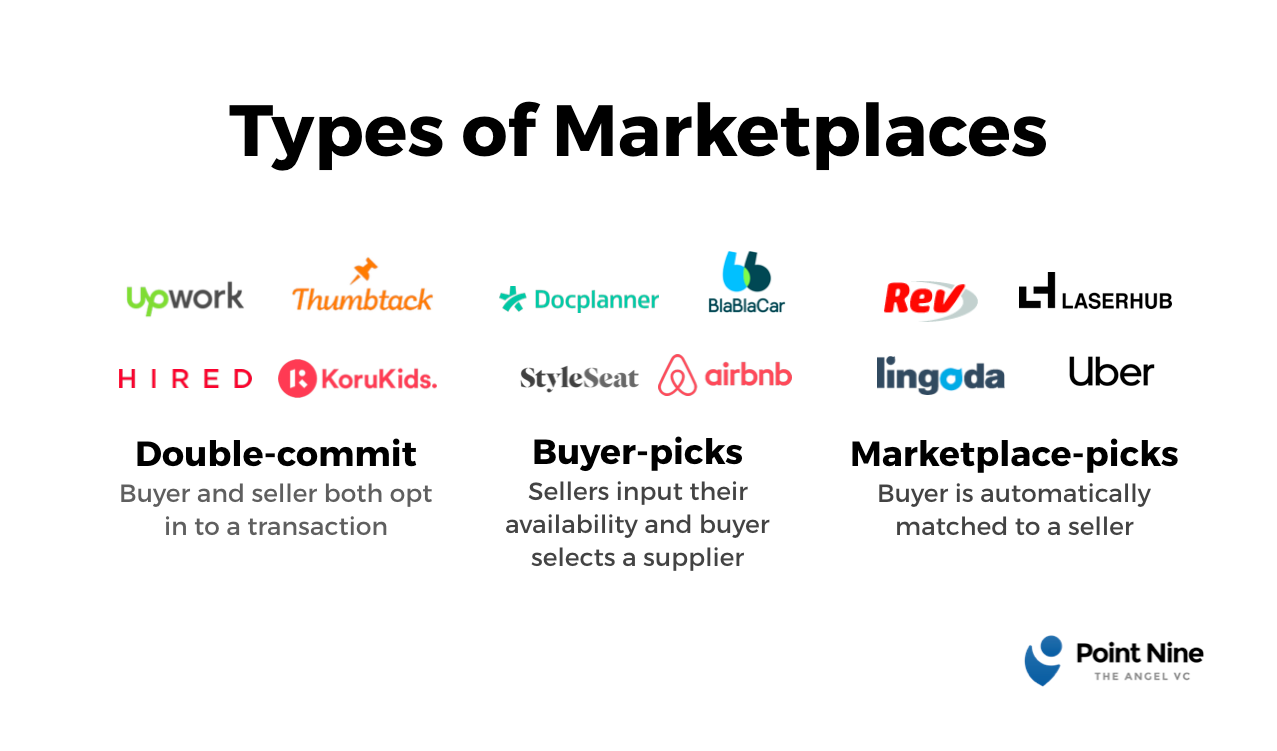Caribbean Business Insights
Exploring the vibrant business landscape of the Caribbean.
Diving Deep into Marketplace Liquidity Models: The Unsung Heroes of Platform Success
Discover the secret sauce behind platform success! Unravel marketplace liquidity models and unlock powerful insights to boost your business.
Exploring the Fundamentals: What Are Marketplace Liquidity Models?
Understanding marketplace liquidity models is essential for grasping how various platforms operate in the digital economy. At its core, a liquidity model refers to the mechanisms that determine how easily assets can be bought or sold in a marketplace without causing significant price fluctuations. There are several fundamental types of liquidity models, including order book, automated market makers (AMMs), and liquidity pools. Each model has its own unique features and advantages, affecting how users interact with the marketplace and their overall trading experience.
One of the primary questions surrounding marketplace liquidity models is how they impact trading efficiency and user engagement. For instance, in an order book model, buyers and sellers place bids and asks, making it crucial to have a sufficient number of participants to ensure market depth. Conversely, AMMs use algorithms to set prices based on supply and demand, which can lead to more consistent trading experiences. Understanding these fundamentals not only helps users navigate marketplaces more effectively but also informs potential investors about the inherent risks and rewards associated with different liquidity models.

Counter-Strike is a highly popular tactical first-person shooter game that emphasizes teamwork and strategy. Players can engage in competitive gameplay across various maps and game modes. For those looking to enhance their gaming experience, utilizing a daddyskins promo code can provide access to unique skins and in-game items.
How Liquidity Models Drive Success for Online Marketplaces
In the rapidly evolving landscape of e-commerce, liquidity models play a pivotal role in determining the success of online marketplaces. These models ensure that there is a sufficient volume of buyers and sellers, enabling transactions to happen seamlessly. By effectively balancing supply and demand, liquidity models not only enhance the user experience but also increase the overall profitability of the platform. For example, marketplaces like eBay and Amazon implement advanced liquidity strategies that help them maintain a competitive edge in the market.
A key component of successful liquidity models is their ability to adapt to both market trends and user behavior. By leveraging data analytics and real-time feedback, online marketplaces can refine their models to suit changing consumer demands. This adaptability allows them to optimize pricing strategies, improve stock management, and effectively reduce transaction times. As a result, businesses that prioritize liquidity models are better positioned to thrive in the digital economy, ensuring sustainable growth and long-term customer loyalty.
The Impact of Liquidity on User Experience: Why It Matters for Your Platform
The impact of liquidity on user experience is a crucial consideration for any platform aiming to thrive in today's fast-paced digital landscape. Liquidity, in this context, refers to the ease with which users can buy, sell, or exchange assets without causing a significant effect on their value. A highly liquid platform provides users with more opportunities to engage and transact freely, resulting in smoother interactions and increased overall satisfaction. When users can seamlessly execute trades or access services, it fosters a sense of trust and encourages them to return, ultimately enhancing user retention and loyalty.
Moreover, the role of liquidity cannot be understated when it comes to competitive advantage. In markets characterized by volatility, offering high liquidity can be a differentiating factor that attracts more users. Platforms that prioritize liquidity not only support a better user experience but they also build a reputation for reliability and efficiency. Consequently, this can lead to higher traffic and greater community engagement, positioning your platform as a leader in its niche. In conclusion, understanding and optimizing liquidity is essential for platforms that aim to provide an exceptional user experience.